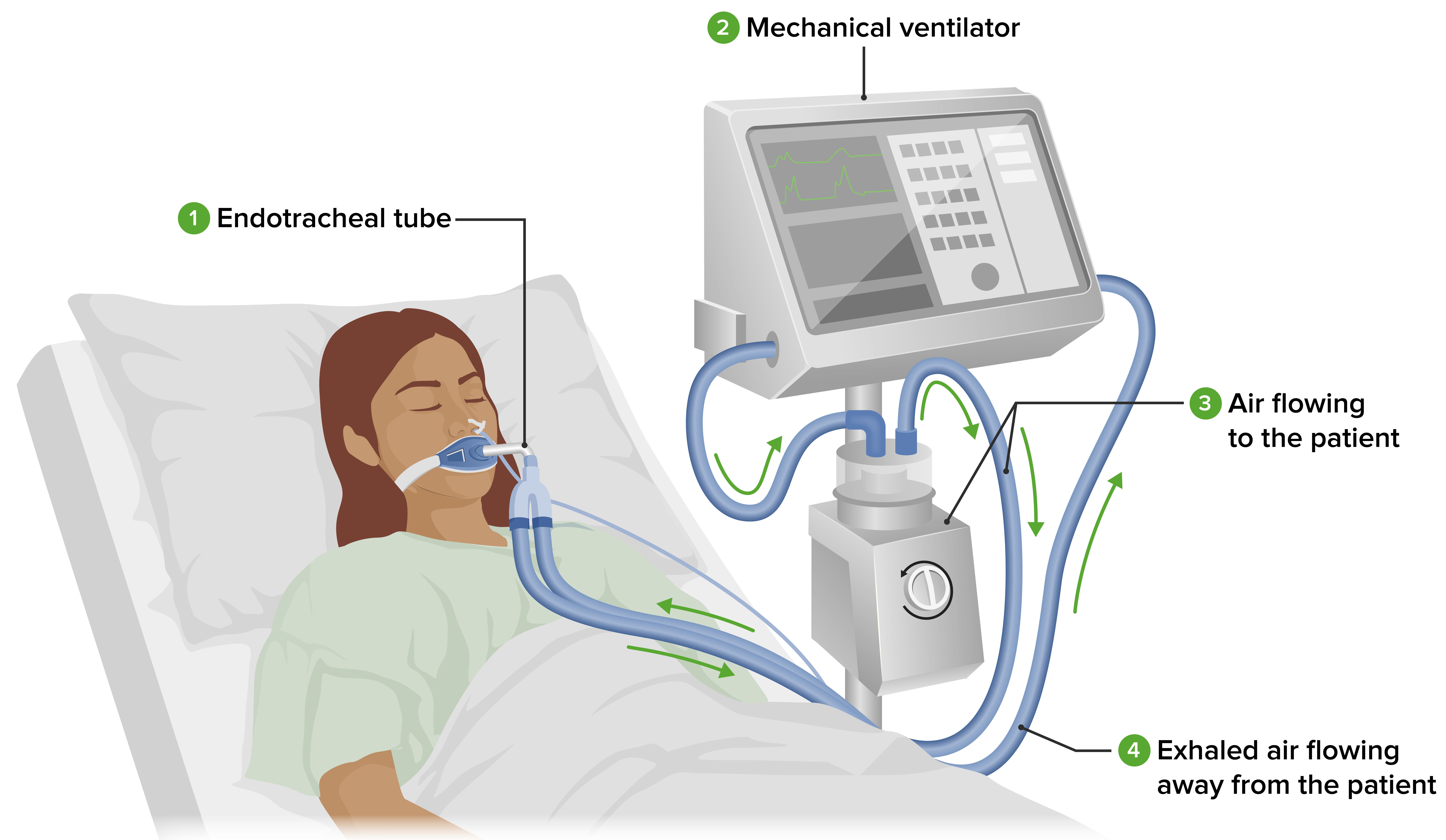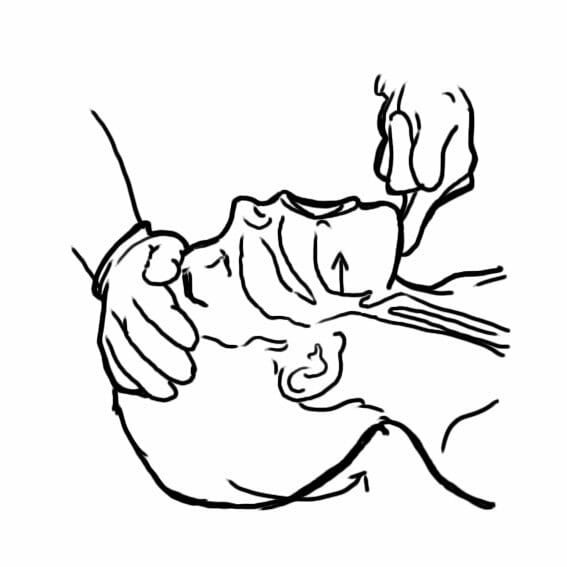Playlist
Show Playlist
Hide Playlist
If You Can Not Intubate – Difficult Airway
-
07 - Difficult Airway.pdf
-
Download Lecture Overview
00:00 So, if you're unfortunate enough to not be able to intubate despite the help and all the little bits of equipment I've mentioned, remember that what we need to do more than anything else is maintain oxygenation. And in some people that it is impossible to intubate, it's still easy to do that bag and mask technique and give them oxygen and provide them with satisfactory oxygenation until you either wake them up, or you figure out some other way of getting a tube in. 00:28 Then, if you have trouble intubating, you can then utilize one of the airway adjuvants that you have available. Try to use it. Don't panic. If you can ventilate the patient by bag and mask, the patient's going to be fine. As long as they're oxygenated, they're fine. So don't panic. There's a tendency to get really frightened in this situation. Most of us get a real tremor, so that's part of the reason why you need help. Try twice. The first time just use your regular technique. 00:58 The second time adjust the head position. Make sure it's optimized. You may want to raise the shoulders a little bit. 01:04 You just want to optimize the position. Put a stylet in the tube. Consider using one of the adjuvants I've mentioned earlier, and have another look. You should only try twice before you move on to a major adjuvant, such as a video-laryngoscope, and you should start thinking of whether you're going to end up going to a surgical airway.
About the Lecture
The lecture If You Can Not Intubate – Difficult Airway by Brian Warriner, MD, FRCPC is from the course Anesthesiology: Introduction.
Included Quiz Questions
Which of the following strategies would be appropriate for an anesthesiologist trying to intubate a patient?
- After 1 failed attempt, adjuvants such as a stylet can be used.
- Bag and mask ventilation must be used immediately after the second failed attempt.
- After the second failed attempt, the patient's head position must be adjusted.
- Only after 3 failed attempts should an anesthesiologist use a video-laryngoscope.
- If an anesthesiologist suspects that a patient has a difficult airway, a video-laryngoscope should be considered.
Customer reviews
5,0 of 5 stars
| 5 Stars |
|
5 |
| 4 Stars |
|
0 |
| 3 Stars |
|
0 |
| 2 Stars |
|
0 |
| 1 Star |
|
0 |






